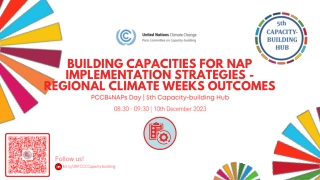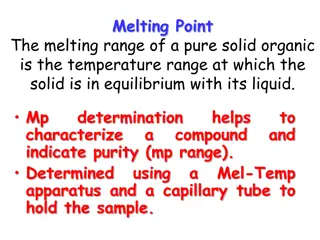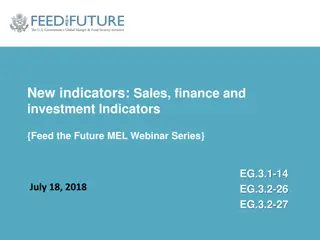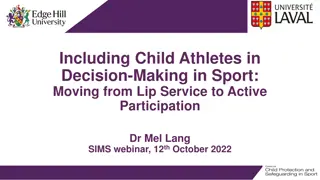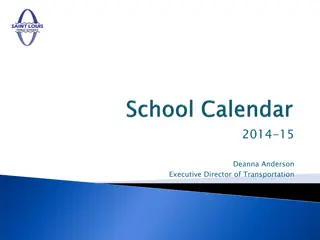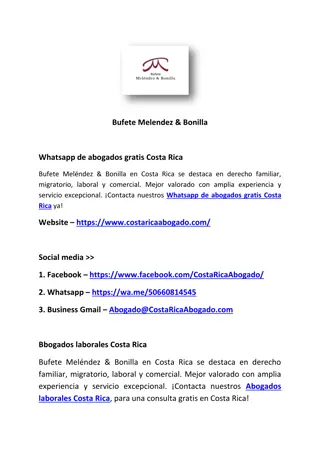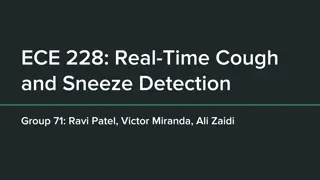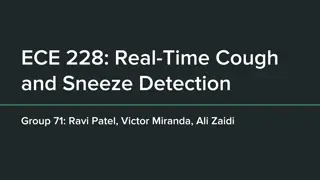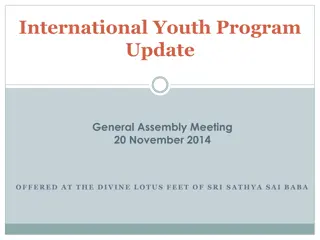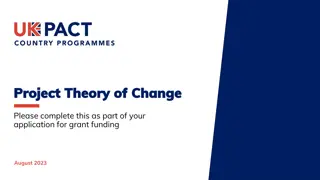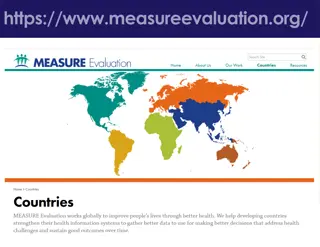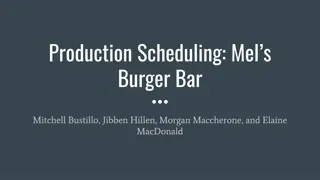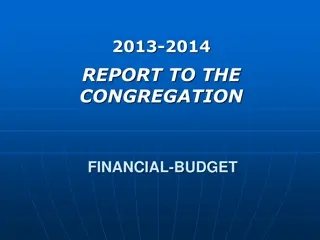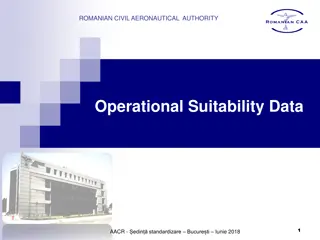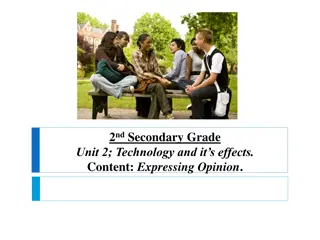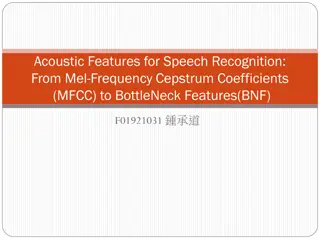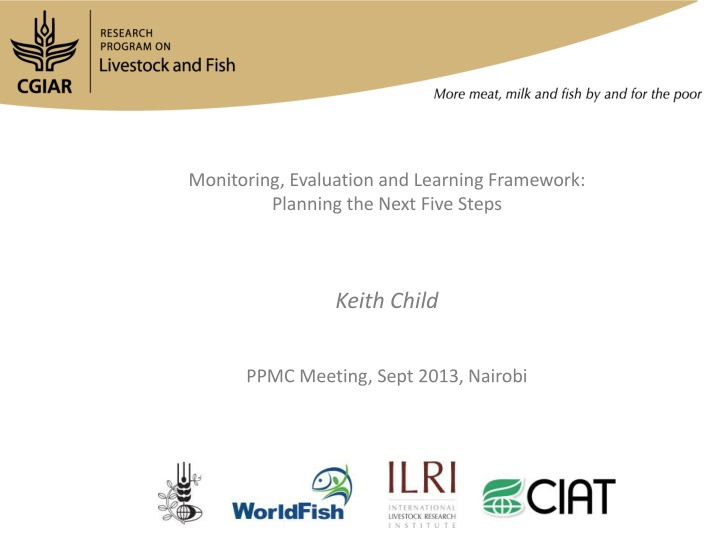
Planning the Next Five Steps for Monitoring, Evaluation, and Learning Framework
Explore the strategic steps needed for finalizing a Monitoring, Evaluation, and Learning (MEL) framework, including facilitating consensus, building a coherent framework, obtaining management approval, dissemination, and periodic updates. Emphasizing clarity of purpose, a compelling vision, affordability, conciseness, and professionalism in creating a successful MEL framework.
Download Presentation

Please find below an Image/Link to download the presentation.
The content on the website is provided AS IS for your information and personal use only. It may not be sold, licensed, or shared on other websites without obtaining consent from the author. If you encounter any issues during the download, it is possible that the publisher has removed the file from their server.
You are allowed to download the files provided on this website for personal or commercial use, subject to the condition that they are used lawfully. All files are the property of their respective owners.
The content on the website is provided AS IS for your information and personal use only. It may not be sold, licensed, or shared on other websites without obtaining consent from the author.
E N D
Presentation Transcript
Monitoring, Evaluation and Learning Framework: Planning the Next Five Steps Keith Child PPMC Meeting, Sept 2013, Nairobi
Agenda 1. Proposed MEL Framework Plan (Keith) 30 min. 2. Program Evaluations (Keith and Tom) 10 min. 3. IDOs, Indicators and Targets (Michael) 50 min. 4. Working Lunch (Group Discussion) 60 min. 5. POWB for Gender and M&E (Kathy and Keith) 30 min. 6. Budget Proposal for Cross Cutting Themes (Day 2) 20 min.
Purpose of the MEL Framework A comprehensive, yet concise narrative of why the M&E system is important, how it operates, what kinds of data it will collect and by whom Provides a common vision of what an M&E system will look like Provides a benchmark for measuring progress Provides a mandate and set of responsibilities
Background November 2012: Incomplete rough draft June 2013: Senior Scientist (Impact and Learning) July-August: MEL Framework consultations 4 formal meetings, many informal consultations Impasse: RBM vs. Hybrid visions of the MEL Framework Development of Plan to move beyond the impasse
Five Steps to a Finalized MEL Framework Facilitate a consensus of a common vision of success Outcome: a clear mandate Build Consensus Build a coherent framework Outcome: a draft MEL Framework Design Receive senior management approval Outcome: adoption of the MEL Framework by the PPMC Adopt Disseminate Framework throughout the CRP Outcome: CRP partners understand and support Framework Disseminate Update Framework as needed Outcome: Locked down Framework for 3 year period Revise
Clarity of Purpose: a framework not an instruction manual; A Compelling Vision: how will we achieve success; Economical: Achievable at an affordable cost Concision: as long as necessary, as short as possible; Professional: must look and read like a formal document. What makes a good framework?
Proposed Content of MEL Framework
MEL Challenges Within a R4D Program Must respond to needs of a Results Based Management approach, yet acknowledge the existence of system dynamics that may lead to unanticipated results. Must provide a structured system for joint iterative learning and program innovation. Must recognize a plurality of actors working across multiple geographies and within specific regulatory frameworks (9 VC countries) while also taking into account broader impacts from IPGs. Must provide accountability and learning mechanisms that are cost effective and sufficiently robust to satisfy donors and senior managers.
MEL Components and Goals Component Goal 1. To provide structured documentation on program processes, implementation and outputs To provide systematic and objective assessments of program progress toward objectifies, efficiency, effectiveness and sustainability Program Monitoring and Evaluation Program Monitoring Are we producing outputs in a way that is transparent, accountable and 1. Program Evaluation cost effective? Component Goal Monitoring and evaluation support and synthesis 1. To embed evaluation in management and operations through harmonized reporting To develop innovative impact approaches tailored to R4D in agriculture, with the aim of improving the credibility and usefulness of impact findings Impact Assessments 1. Are we achieving development Impact Assessments results? Component Goal Learning 1. To facilitate iterative learning across the CRP Are we learning to adapt within a complex system in order to maximize Reflective Monitoring 2. To build capacity for problem solving among implementing partners our impact?
CRP Commissioned External Reviews
Center Commissioned External Reviews (now CRP commissioned) In the past these have included: Sustainable intensification of crop-livestock systems (2009) Pastoral systems (2010) Impact assessment (2009) Partnership strategy (2006-7) ILRI s vaccine research (circa 2001) Section 4.3 of the CGIAR Policy for Independent External Evaluations calls for a shift from assessments to evaluations Requested by IEA to provide details of our plan, which ideally would include one in 2013 and a second in 2014
Candidate CCER topics: 1. The CRP3.7 Learning agenda and Results Strategy Framework and its implementation (i.e. whether we have the M&E right and we are deploying it appropriately) 2. The CRP3.7 Value Chain Development approach as embodied in its VC Development Theme and selected value chains 3. The animal health research agenda 4. The animal genetics research agenda 5. The Targeting Theme agenda, its role for improving the relevance and efficiency of the CRP work, and addressing the environment agenda 6. The CRP gender strategy and its implementation
CGIAR Research Program on Livestock and Fish livestockfish.cgiar.org livestockfish.cgiar.org CGIAR is a global partnership that unites organizations engaged in research for a food secure future. The CGIAR Research Program on Livestock and Fish aims to increase the productivity of small-scale livestock and fish systems in sustainable ways, making meat, milk and fish more available and affordable across the developing world.
M&E Heavy: Results Based M&E: Primary data collection intensive A monitoring strategy focusing on performance and achievement of outputs, outcomes and impacts. M&E staff in every VC Mandatory M&E convergence from partners Emphasis on showing attribution where possible Constructivist M&E: M&E Light: Relies on a participatory approach in which people construct their own understand and knowledge of the world through lived experience and reflection. Outcomes and impacts are redefined according to experience and cannot be known in advance. Opportunistic data collection Minimal M&E staff Encouraged M&E convergence from partners Emphasis on showing plausible contribution where possible
RBM Vs Hybrid M&E System RBM Hybrid Program M&E Performance is measured against predefined output, outcome and impact indicators Expected results are based on appropriate analysis Beneficiaries are identified and projects are designed to address their needs Impact Focus is on IDO s, ultimate, medium and long-term indicators during all phases of CRP Focus is on building an evidence base, particularly during Research Phase Plus RBM during Development and Out-Scaling Phase Performance is measured against IDO indicators Beneficiaries are known Learning Learning occurs primarily though evaluations and impact assessments (are we meeting our targets) Learning occurs through Reflexive Monitoring strategy (are we building an innovation capacity) Plus RBM in all phases

